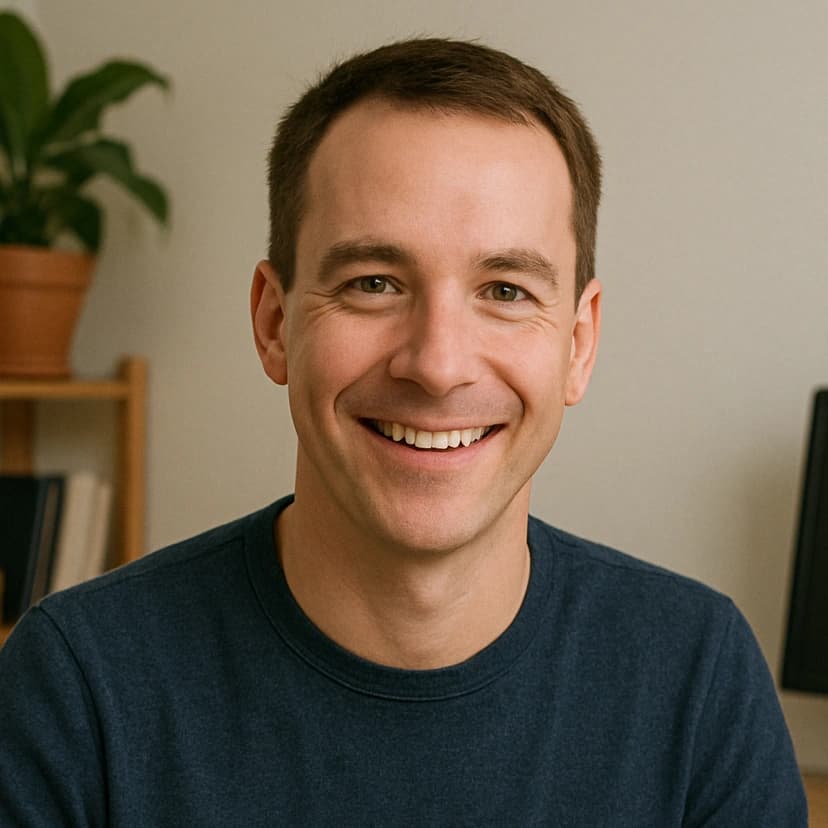Did you know that one of the most popular New Year’s resolutions is to improve personal money management? And one of the best ways to improve your personal finance is to create a sinking fund.
Whether you are looking for tips and tricks for setting up your sinking fund or you have no idea what the word even means, you have come to the right place. For everything from vacations and school supplies to car repairs and Christmas shopping, sinking funds might be the answer to all of your budget woes!
WHAT EXACTLY IS A SINKING FUND?
Don’t let yourself get scared off by the word! Although the word “sinking” sounds a little negative when used about money, the term dates back to the 18th century when a sinking fund was first created to reduce the national debt in Great Britain. The term has since evolved to mean a fund used to set aside money for a specific budgeted expense.
In essence, a sinking fund is money that you put aside, each month or each paycheck, towards a one-time pre-determined expense. Putting together the right set of sinking funds can change your entire monthly budgeting game!
WHAT TYPES OF SINKING FUNDS SHOULD I START WITH?
Getting started setting up your sinking funds is surprisingly easy! The simplest way to figure out which sinking funds are right for you is to take a step back and look at your large yearly expenses.
Some common examples of expected yearly expenses are Christmas gifts, car repairs, home repairs and maintenance, and school supplies. Any of those overwhelmingly expensive moments in the year can be made easier with sinking funds!
In addition to these, take a minute to think about any large planned expenses you may have coming up in the foreseeable future. For example, do you plan on purchasing a new or used car? Or a home? Or perhaps you are in the middle of planning a wedding? These are all amazing opportunities for sinking funds!
HOW ARE SINKING FUNDS AND EMERGENCY FUNDS DIFFERENT?
True, a sinking fund sounds quite similar to a savings account. But there is one major difference: intention. A sinking fund is money set aside for a very specific purchase instead of a savings account that is simply money set aside for a possible future expense, with no clear purpose.
Savings accounts and sinking funds also differ from emergency funds. These funds are set up to be used for difficulties. This means that all emergency money are sinking funds, but not all sinking funds are emergency funds.
HOW DO I CREATE MY FIRST SINKING FUND?

Now that we understand what sinking funds are and what they are not, how do we start? The first step would be to take those expenses that we figured out a few paragraphs ago and write down the amounts.
For example, take the amount you want to spend on your Christmas shopping per year and write it down. If you are looking to save for a car, write down the amount of money you wanted to spend on the purchase.
Once you have all of those amounts, divide them by 12 (per month) or separate them by the number of paychecks. You can then structure your sinking funds with your bank or credit union. Often, they can help you set up automatic debits from your paychecks that move directly into either your savings account or into divided mini-accounts.
Structuring yourself now, at the beginning of the year, with organized sinking funds is a great way to take control of your monthly budget!
HOW MUCH SHOULD I PUT INTO MY SINKING FUND(S)?
There is no magic amount of money that should be put into your sinking funds. It is a question of spreading your debts over several months instead of having these large expenses “pop” up throughout the year.
If you are starting your sinking funds today, once you have figured out exactly how much money each large expense will cost you, your next step is to figure out when the expense will be due.
For example, if you are looking to set up a fund for school supplies, you know your expense will probably be due around the month of August. So, from today, that would leave you seven months to save adequately for the expense.
You would then take the amount you spend on school supplies (example: $350), divide by the amount of time remaining (in this case, seven months), and start putting that amount into your sinking fund per month. For this example, that would be $350 divided by seven months = $50 per month into the “School Supplies” sinking fund.
But now what happens if, come August, this year’s school supplies come to $400 instead of $350. You now have a shortfall of $50. Don’t stress! You can either dip into your “emergency” sinking fund.
SINKING FUNDS: EASY AS 1-2-3!
Sinking funds are a great way to control your personal finances and get on track with an easy budget that works with your lifestyle and habits. They are easy to set up, easy to manage, and easy to withdraw from.
But, if you find yourself in a tight spot and your emergency sinking fund won’t cover your expense, iCash is just a click away! Available 24 hours a day and seven days a week, even on weekends, you can apply for a quick and easy loan from the comfort of your laptop or smartphone and receive your funds the same day! Nothing can be easier!










